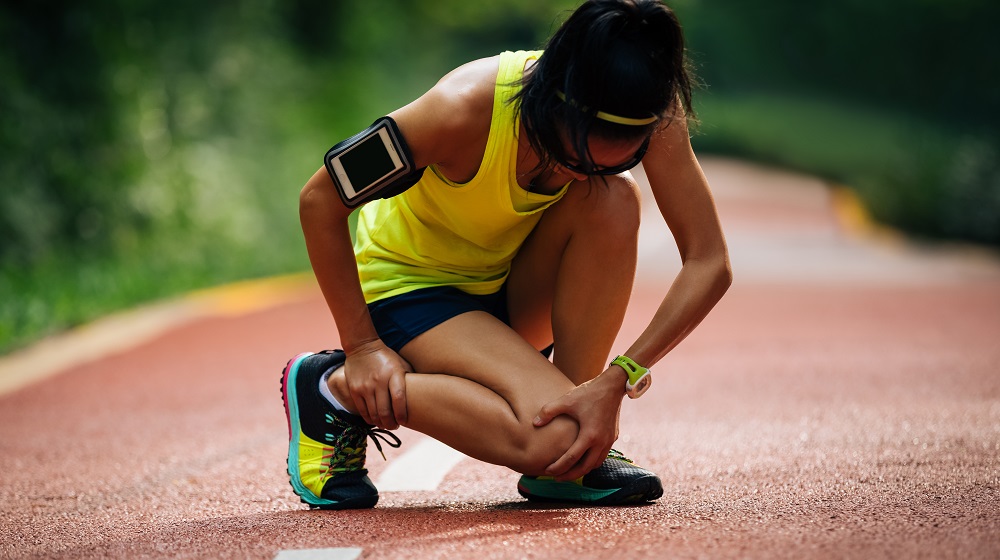This article first appeared in Orthokinetics Blog.
What is cardio?
You must have heard of the term cardio (or cardiovascular fitness) being thrown around by health professionals, fitness fanatics, and even your friends and family but what is cardio really?
Cardiovascular exercise targets organs in the body’s cardiovascular system including the heart, lungs, and the blood vessels that connect them and the rest of the body together. Cardio as an exercise elevates the heart rate through rhythmic activity. This form of exercise not only leaves you huffing, puffing, and in a pool of sweat, it also helps to strengthen your organ systems. Here’s what happens to your body during cardio:
- Strengthened circulatory system – this includes your heart and all the blood vessels in your body. Regular cardio means the heart has to pump harder to generate a higher flow of blood to the muscles that are engaged in exercise. This strengthens the chambers of the heart and enables it to pump a higher volume of blood throughout the body-even at rest.
- Healthier respiratory system – breathing in faster and deeper during cardio improves lung capacity. The natural process of aging causes a decline in lung capacity which can lead to problems when breathing, regular cardio helps to strengthen the lungs and slow down this process.
Should I stop doing cardio exercises if I am injured?
With all its health benefits, what happens if you can no longer engage in your usual cardio exercises when you are injured? While it is important to give your body time to heal and recover at its own pace, that does not mean you need to cease exercising entirely. In fact, you can promote your body’s health and wellness by modifying your exercise routine while you recover.
If your injuries are severe, you should enlist the help of a professional to guide you through your new exercise regimen to avoid causing more harm.
Some exercises you can do with ankle and knee injuries
Swimming

This is a great way to elevate your heart rate and work all the major muscle groups in your body, without placing any undue stress on your ankles or knees. Swimming is a great low-impact workout that can also help to strengthen the muscles that support the ankles and knees.
Kayaking or rowing

Water-based activities ensure you get a great workout without straining the muscles and ligaments of the ankle and knee joints. Such activities largely keep the lower body stationary while engaging the upper body and core; ensuring that you get a great workout without hurting your joints.
Cycling

Whether you choose to cycle indoors on a stationary bike or outdoors, this is a good way to improve your ankle and knee joint flexibility and strength. However, it might be better to cycle on flat terrains to avoid placing any added pressure on your joints.
Conclusion
Please remember to consult with your doctor before engaging in any exercise following an injury. Always listen to your body and trust what it is trying to tell you.
Should your injuries or pain persist, remember to consult a medical professional.











